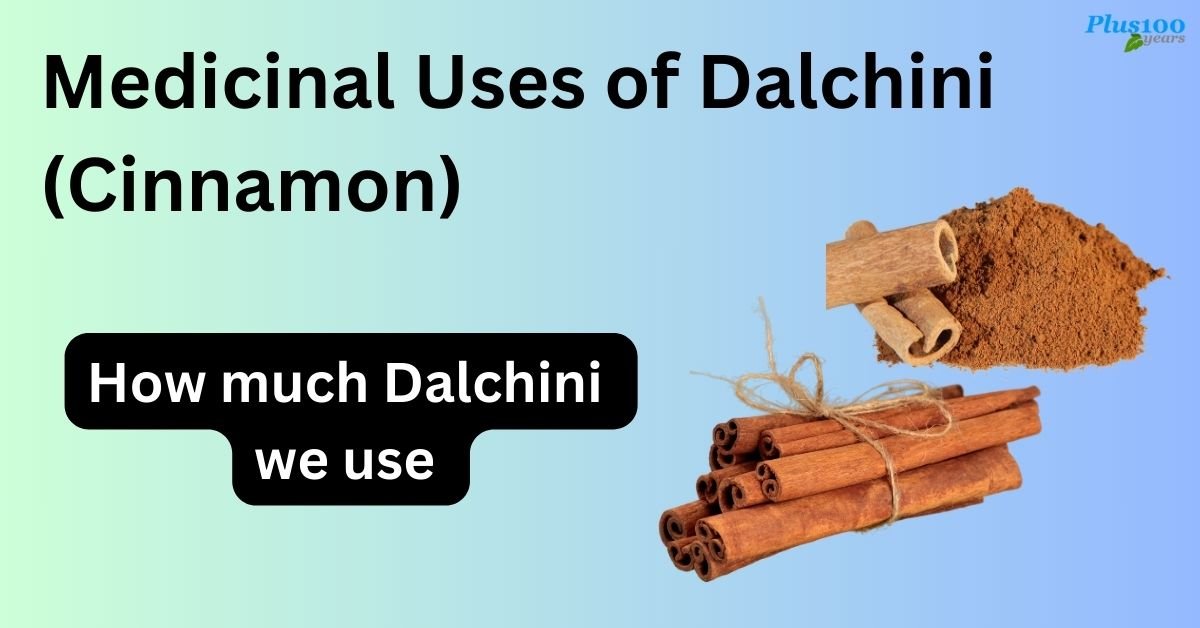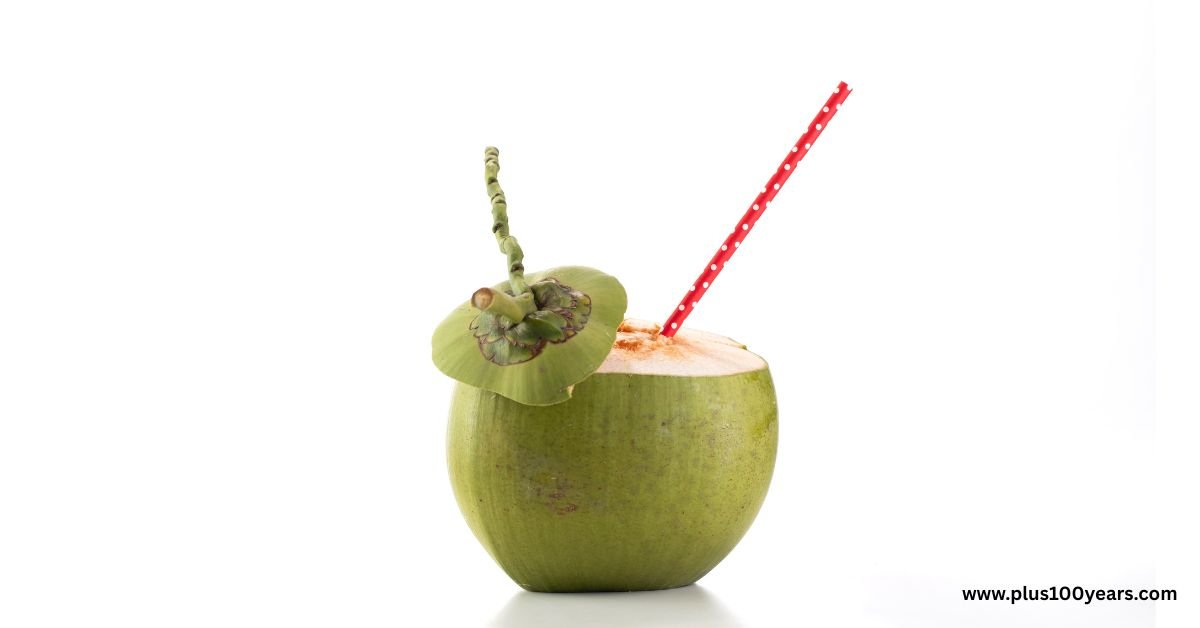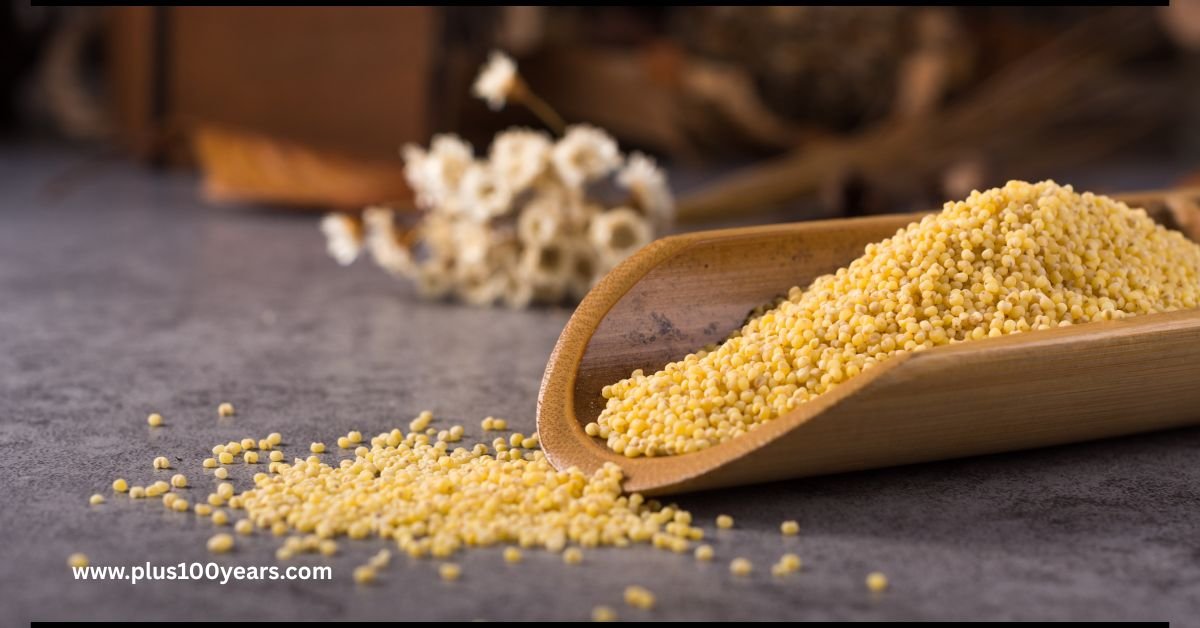Updated : 29-04-2025
Author : Hetal Mehta (Dietitian)
Dalchini is a spice obtained from the inner bark of several trees from the genus Cinnamomum that is used in both sweet and savoury foods.
Learn the wonders of the medicinal uses of Dalchini (Cinnamon)
Medicinal Uses Of Dalchini
Dalchini Benefits
| Common Name | Dalchini |
|---|---|
| Botanical Name | Cinnamomum Zeylanicum |
| Parts Used | Leaves and Bark |
| Medicinal Usage | Dalchini leaves: Cinnamon leaves are stimulants to enhance the flow of urine to help patients discharge toxic elements. Decocted dalchini leaves prevent flatulence as well.
Dalchini bark: It is used to decoct the traditional health care mixture for wellness. Other Benefits: Several benefits of Ashwagandha include stress management, health maintenance, and proper bodybuilding. |
Cinnamon: A Versatile Spice with Potential Health Benefits
Cinnamon is a popular anti-inflammatory spice with a long history of use for its culinary and medicinal properties.
The term “cinnamon” also refers to its mid-brown colour.
While Cinnamomum verum is sometimes considered to be ” true cinnamon “, most cinnamon in international commerce is derived from related species, which are also referred to as “cassia” to distinguish them from “true cinnamon.
It is rich in antioxidants and has a warm and sweet taste, which has been shown to have several health benefits, including:
- Lowering blood sugar levels: Cinnamon helps to lower blood sugar levels in people with diabetes.
- Improving cardiac health: Cinnamon also helps to improve heart health by reducing LDL, bad cholesterol levels, and is useful in managing blood pressure.
- Brain-boosting food: Cinnamon helps to boost brain function in people with Alzheimer’s disease.
- Fighting infection: It has antimicrobial properties, which means that it can help fight against infection.
How To Use Cinnamon For Health
You can add cinnamon to your food, make cinnamon tea, or take cinnamon supplements. Here are some specific ways to use cinnamon for health.
- To lower blood sugar levels, add 1/2 teaspoon of ground cinnamon to your oatmeal, yoghurt, or other breakfast foods.
- To improve heart health, add 1/2 teaspoon of ground cinnamon to your cooked vegetables or fruits.
- To boost brain function, add 1/2 teaspoon of ground cinnamon to your smoothies or baked goods.
Side Effects Of Cinnamon
Cinnamon is mostly safe for most people when consumed in moderation.
However, some people may experience side effects such as nausea, vomiting, and diarrhoea.
It can also interact with certain medications, so it is important to talk to your doctor before taking cinnamon supplements.
Conclusion
Cinnamon is a versatile spice with a long history of use for its culinary and medicinal properties.
Cassia and Ceylon cinnamon are two types of cinnamon.
They are both derived from the inner bark of the Cinnamon tree, but they have different flavours, colours, and levels of coumarin.
- Cassia cinnamon is the common type of cinnamon found locally. It is a deep reddish-brown colour and has a strong, spicy flavour.
Cassia cinnamon contains high levels of coumarin, which can be toxic in high doses. - Ceylon cinnamon is a lighter brown colour and has a milder, sweeter flavour than cassia cinnamon. It is lower in coumarin.
Ceylon cinnamon is often considered to be the more “authentic” cinnamon, and it is often used in baking and cooking.
“We welcome your comments on this post.”




